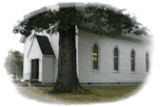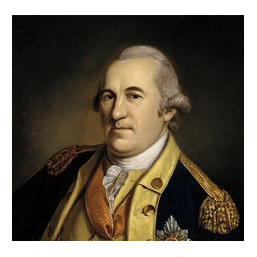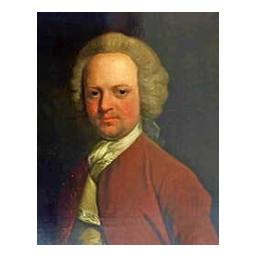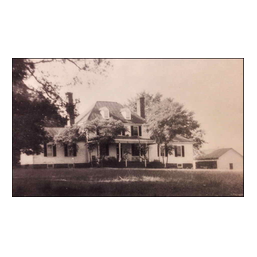Revolution
Revolutionary War in Chesterfield County, Virginia
The Revolutionary War in Chesterfield County, VA
Lord Dunmore
It is 1755 in Colonial Virginia. Harassment of Williamsburg citizens by the British , the capitol of Virginia, occupied the minds of the colonists. Virginia Governor, Lord Dunmore (His real name was John Murray, the Fourth Earl of Dunmore and garners the distinction of being the 1st "Villian"), and a British Tory, so concerned for his own safety, he bolted to a British war vessel in Norfolk, VA. He still considered himself in charge of the Colonists affairs. Safely on board the ship, he continued to bother the Virginia Colonists. First was the “Gunpowder Incident”, started when he organized the removal of locks from firearms in Williamsburg’s armory and seized stores of gunpowder. Citing a potential slave insurrection, Dunmore ordered the removal of these supplies from the armory and transported the weapons to a British warship. He published a “proclamation” on November 7, 1775 offering freedom to slaves and indentured servants who avowed their loyalty to the British and joining their military. That decree further angered the Colonists.
In the summer of 1775, Dunmore’s actions were somewhat reactive and incited by Patrick Henry and others. He gathered a few ships and with a force of British and local Tories began to harrass the colonists along the Chesapeake Bay. He pillaged plantation houses, abused women , children, stole slaves, and burned seaports. By October 1775, he was finally repulsed from Hampton, VA and in December of that year, defeated near Norfolk. On New Year’s Day, 1776, he delivered heavy artillery fire. and burned the city. General Andrew Lewis[1] took command of the Virginia forces and drove Dunmore from his stronghold on Gwynn's Island in the Chesapeake Bay. Dunmore quickly sailed for England, and for three years the British had no foothold on Virginia soil.
1781 brought the British to Chesterfield County. Traitor Benedict Arnold led his British forces into Chesterfield County and Richmond burning stores and warehouses. General William Phillips burned the courthouse and the training center at Chesterfield. The Minutemen from Chesterfield lived to fight another day. Cornwallis' surrender ended the war in Virginia.
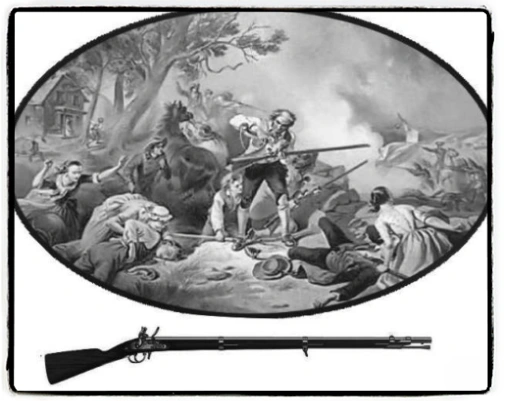
Revolutionary War Training Post
By 1779, Thomas Jefferson, then Governor of Virginiaknew the value of Chesterfield County. Colonial Virginia did not maintain a standing army. Virginia was not wealthy enough to afford full-time soldiers. Governor Jefferson proposed to General Peter Muhlenberg that Chesterfield “be the place of the rendezvous because he considered the location to be a healthy and convenient location”. It was already a training post and Baron von Steuben, sent by George Washington, was in Virginia. and had recommended to Jefferson that the post be converted to a rendezvous for all recruits. Chesterfield County was large and at the time, not a crowded county. Nearly everyone was engaged in agriculture, and needed spring planting and a harvest in the fall. The militia was the colonial army. (A more in-depth look at the training depot can be found in the CHSV library in the book” The Continental Training Depot and Rendez-vous at Chesterfield Courthouse, VA 1780-1781” by Bettie Woodson Weaver, 1976.) A training site was needed and Chesterfield was chosen.
Jailed Preacher Notes
In Chesterfield County, Colonel Archibald Carey and the Reverend John Weatherford were two characters in Chesterfield history that clearly stand out in Colonial Times. Both were British Subjects. Col. Carey was the Chesterfield County Sheriff where there are recorded more individual instances of arrests of Baptists for preaching without licenses than in any other Virginia county. Colonel Cary was a military officer, a delegate to the General Assembly, a large property owner and quite influential in the county. <More>
